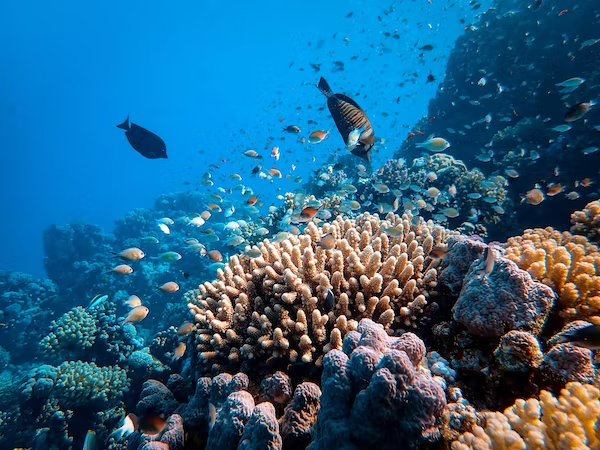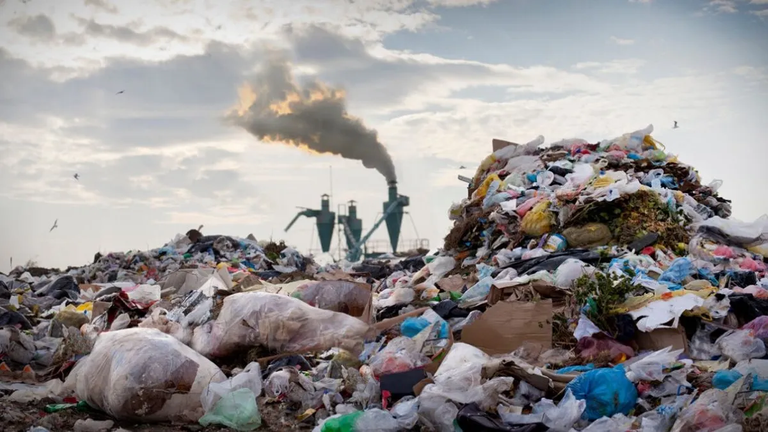Marine Life at Risk: How Human Activities are Disrupting Oceans?
The ocean is home to a diverse array of sea life, including fish, mammals, crustaceans, and mollusks. Fish are the most diverse group of animals in the ocean, with over 32,000 known species. They can be found in a wide range of habitats, from the deep sea to coral reefs. Some species, such as tuna and sharks, are fast swimmers and are apex predators, while others, such as clownfish and anglerfish, use camouflage to hide from predators.

Mammals that live in the ocean include dolphins, whales, and seals. These animals have adapted to live in the marine environment, with features such as blubber to keep them warm and the ability to hold their breath for extended periods of time.
Crustaceans, such as crabs and lobsters, are found in many different habitats, including shallow coastal waters and deep sea. They have a hard exoskeleton and a variety of appendages for movement and sensing their environment.
Mollusks, such as clams, oysters, and octopuses, are also diverse and can be found in a wide range of habitats. They have a soft body and a variety of ways of moving and sensing their environment.
The ocean is also home to a wide variety of invertebrates, such as jellyfish, starfish, and sea urchins. These animals play important roles in the marine ecosystem as both predators and prey.
Human activities such as pollution, over-fishing, and climate change are having a significant impact on sea life populations. Many species are at risk of extinction due to these activities, and conservation efforts are needed to protect them.
Human activities are having a significant negative impact on sea life in many ways, including:
Pollution: The release of toxic chemicals and plastic waste into the ocean harms marine organisms, and can lead to diseases and death.
Over-fishing: The over-harvesting of fish and other marine species can lead to population declines and even extinction.
Climate Change: Rising ocean temperatures and acidification caused by climate change are having a negative impact on marine organisms, particularly coral reefs.
Habitat destruction: Coastal development, including construction of ports and oil drilling, destroys important marine habitats such as mangroves and coral reefs, making it difficult for marine organisms to survive.
Invasive species: Non-native species, introduced by human activity, can outcompete native species for resources and disrupt ecosystems.
Ocean acidification: Human activities that release carbon dioxide into the atmosphere (such as burning fossil fuels) are causing the ocean to become more acidic. This can harm marine organisms that have calcium carbonate shells or skeletons, such as coral and mollusks.

All of these issues have a cascading effect on the entire marine ecosystem and it's inhabitants, making it challenging for marine organisms to survive and thrive, and resulting in declines in biodiversity and changes in the structure and functioning of marine ecosystems.
Marine organisms provide important ecological functions such as oxygen production, carbon sequestration, and nutrient cycling. They also serve as a food source for many larger animals, including humans. In addition, marine life plays a crucial role in the global economy through industries such as fishing, aquaculture, and tourism. Additionally, the ocean is a great source of inspiration for scientists and researchers, it is home to countless species that have yet to be discovered and studied, which makes it an important area of research and study in the field of biology.
In summary, the ocean is home to a diverse array of sea life, including fish, mammals, crustaceans, and mollusks. Each of these groups has unique adaptations that allow them to live in the marine environment. However, human activities are having a negative impact on sea life populations, and conservation efforts are needed to protect them.